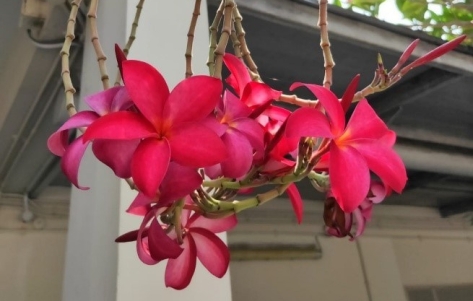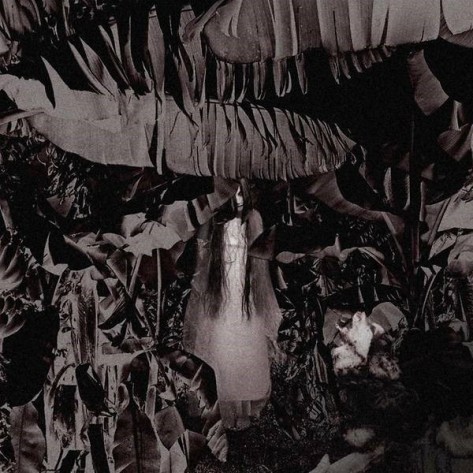Have you ever wondered what would happen to the world if every human were to disappear? Perhaps you would’ve thought that since climate change is due to humans, the climate would reverse back to pre-humanity conditions, but this will take a long time (around 100,000 years actually). So what are some immediate effects, especially on our little island? Let’s take look!
Dangerous Yams?!
Do you know that NParks conducts frequent trimming of weeds in Singapore’s reserves? This ensures that native plants are not smothered by these invasive species and maintains the ecosystem balance in our reserves. An example of an invasive species is the Dioscorea sansibarensis, or Zanzibar yam.
It is a climber which is native to Africa. What makes it so dangerous to its environment is that essentially, the entire plant is toxic. The “yam” part of the plant is often harvested for use in making hunting poison (or even poison for suicide or homicides)! As an invasive species, the Dioscorea has been recorded to overwhelm canopies with its leaves, preventing plants below its leaves from photosynthesising. Wildlife might consume parts of the plant and risk poisoning themselves too. Many areas suffering from this plant’s overgrowth have failed to recover naturally 😦
Imagine if there are no humans around to eradicate these invasive species in our reserves – many of our native species will be out-competed! If keystone plants and primary forests are affected, it might cause a detrimental impact in larger scales.
There are monkeys jumping on the bed!
Ever seen these large banners informing park-goers to refrain from feeding the monkeys?

The reason for this is to prevent these macaques, or wildlife in general, to be dependent on humans for food. Unfortunately, most macaques in Singapore are already used to getting scraps of human food and might even attack people in hopes of getting something to eat. In fact, we always warn our participants who go on our tours to keep any plastic bags they have in their bags as these macaques have associated plastic bags with food!
Without humans, there isn’t much to stop these macaques from invading the urban areas for food and territory. Thus, if everyone were to vanish, human-dependent wildlife will definitely be the first to expand into our homes in search for new habitats and food.
Of course, it is very unlikely for us to disappear in a snap. However, it is interesting to think about what the world would’ve looked like or behaved without anthropogenic interruptions. What are some situations you think might arise from the sudden disappearance of humans? Feel free to share them in the comments below!
Written by: Hui Yi











